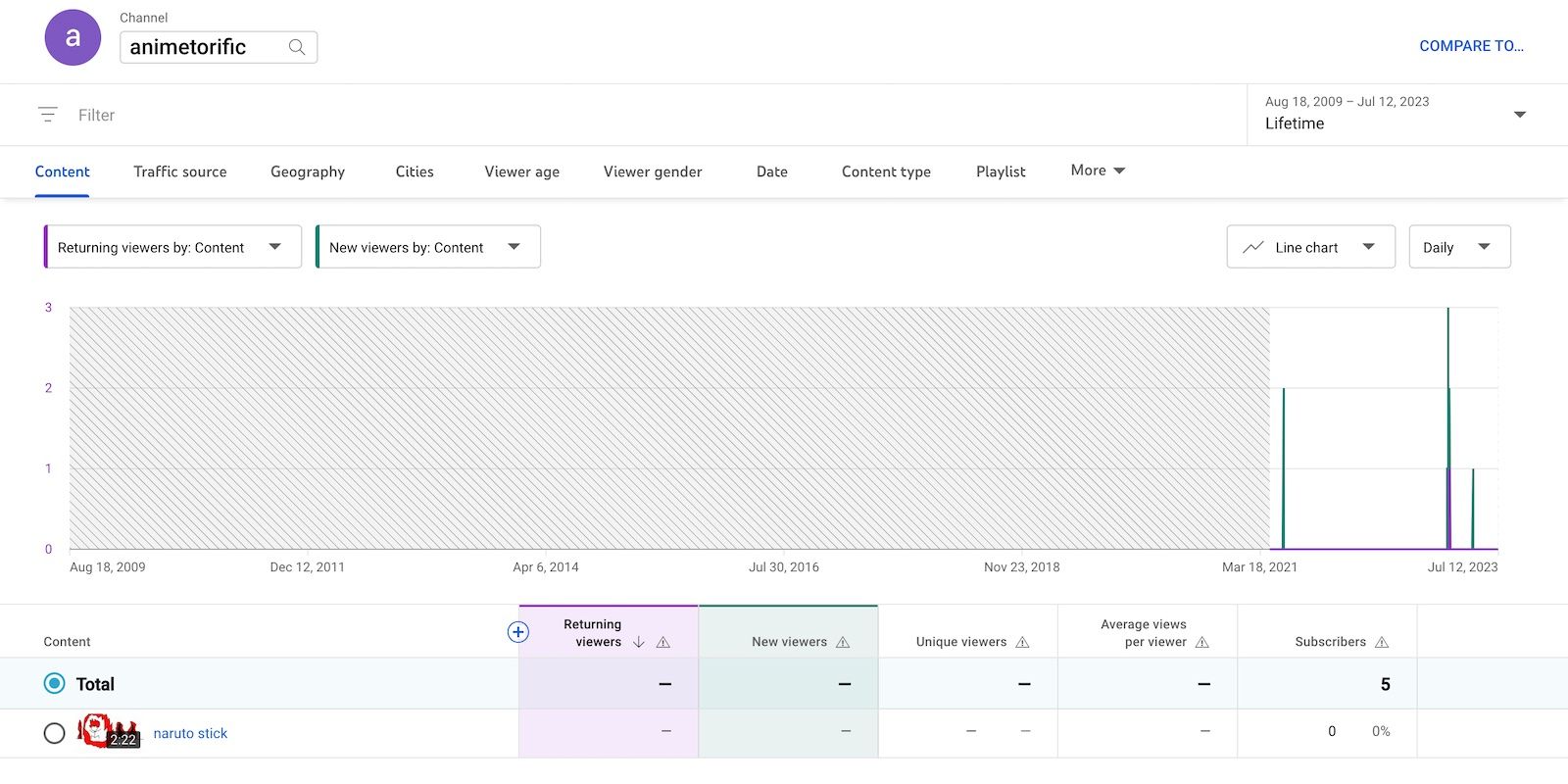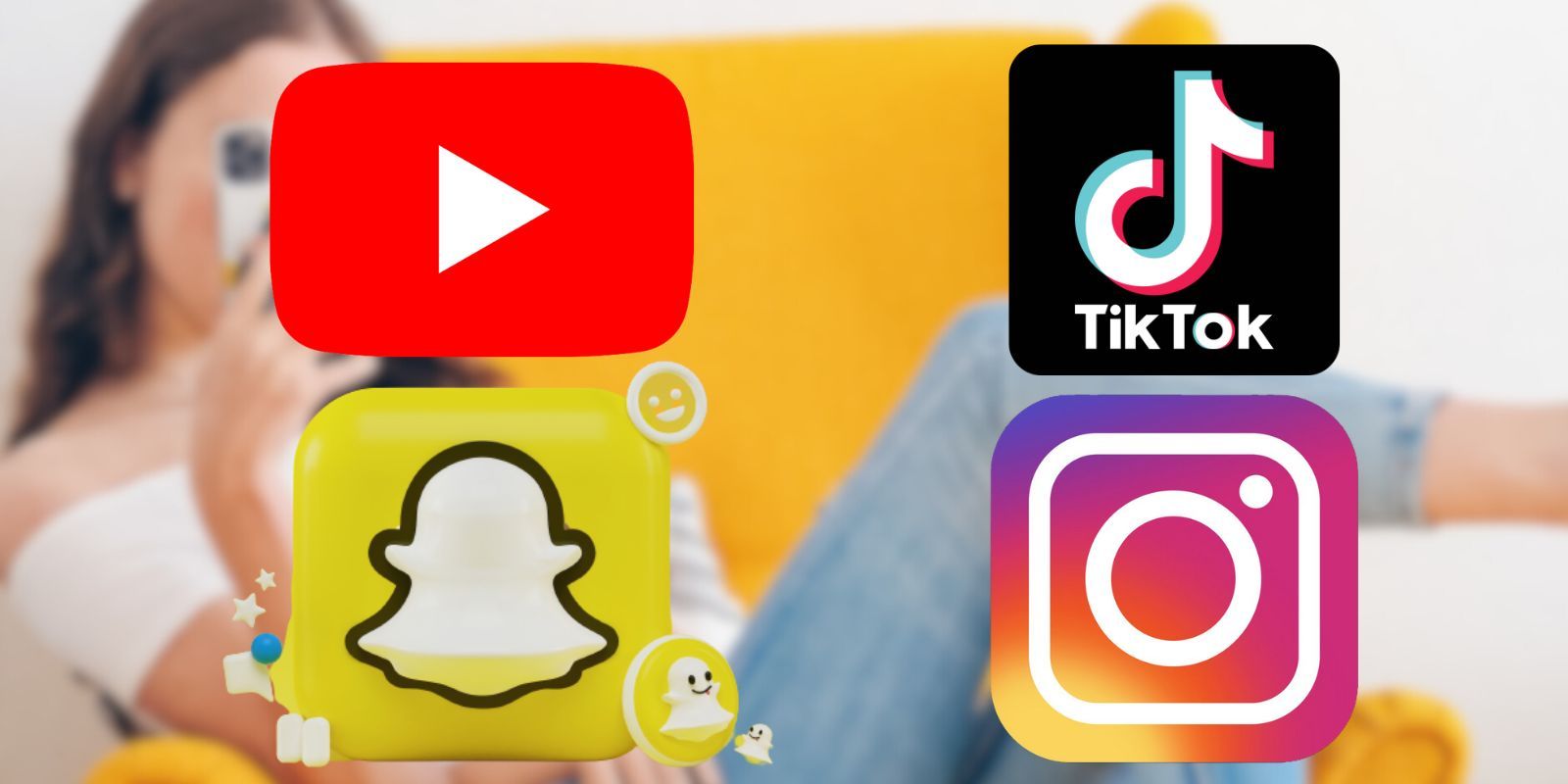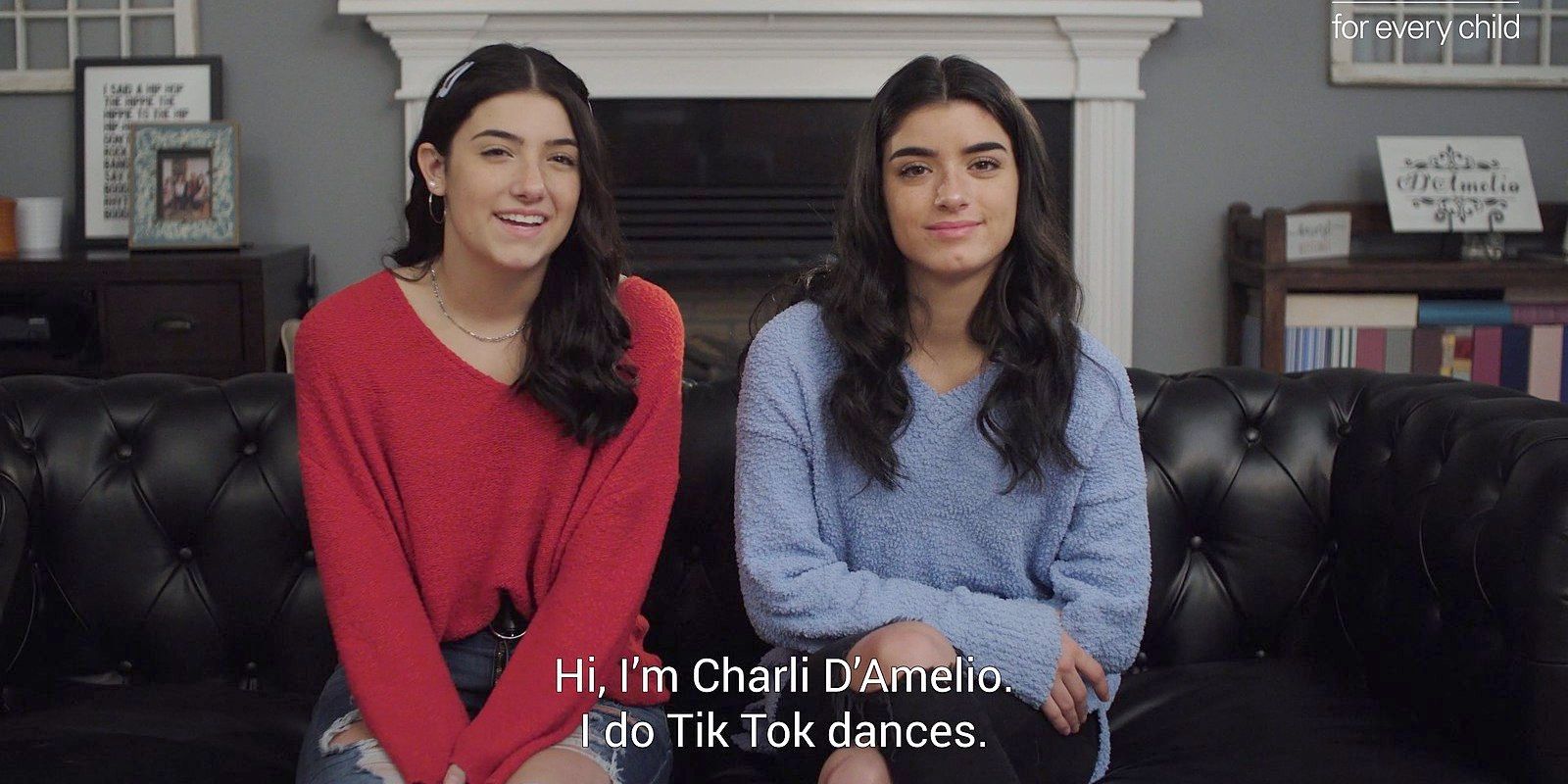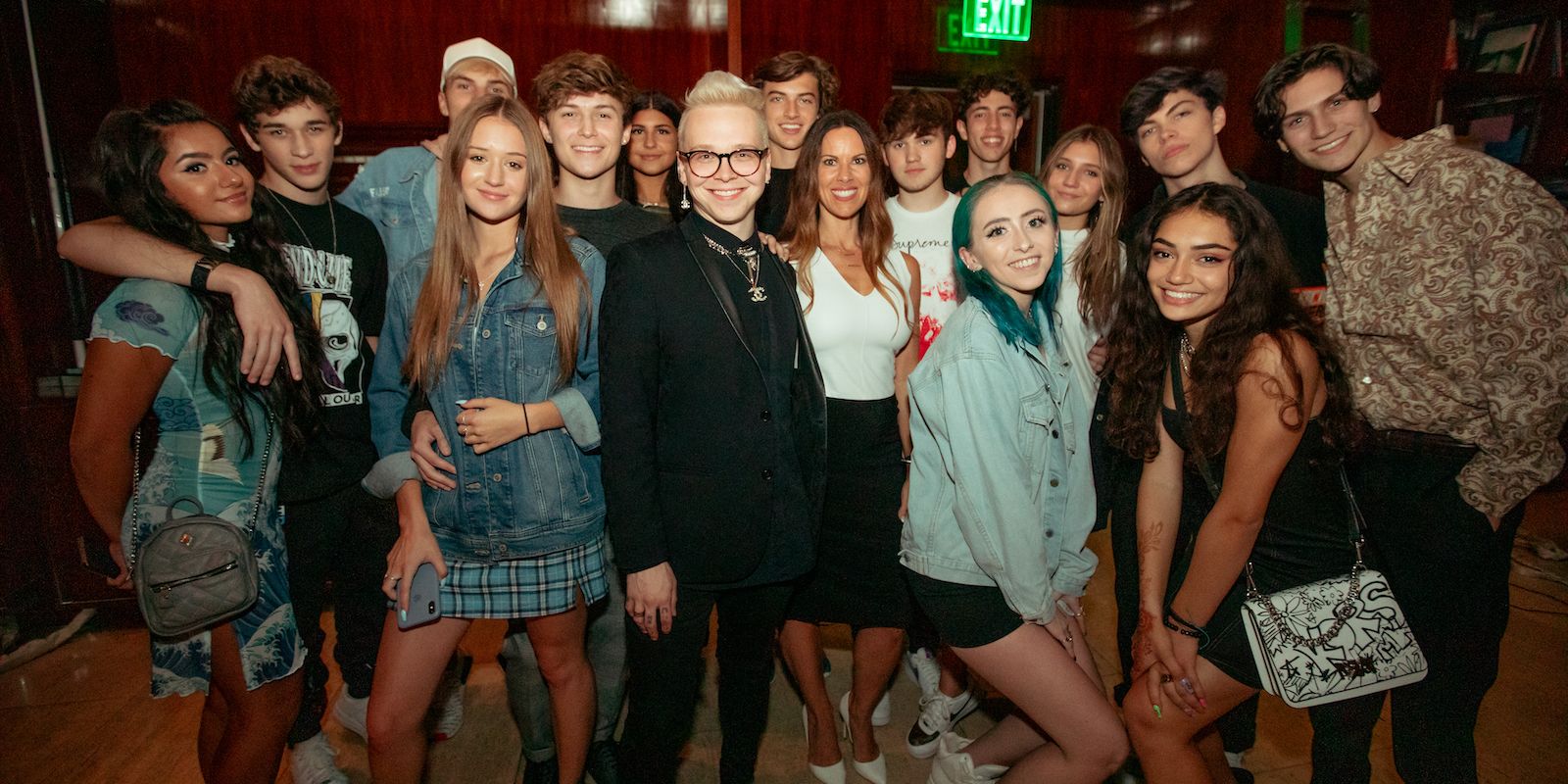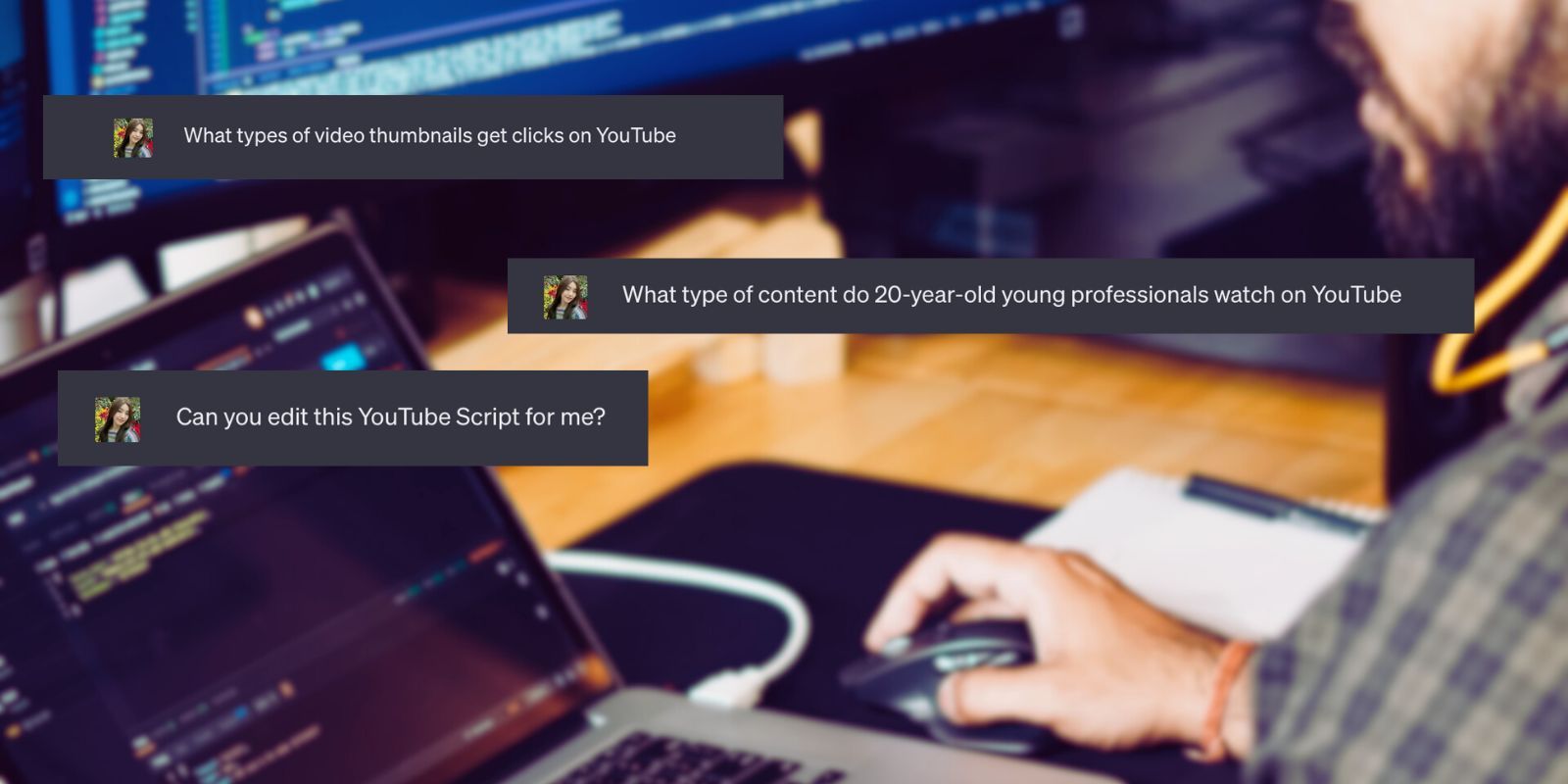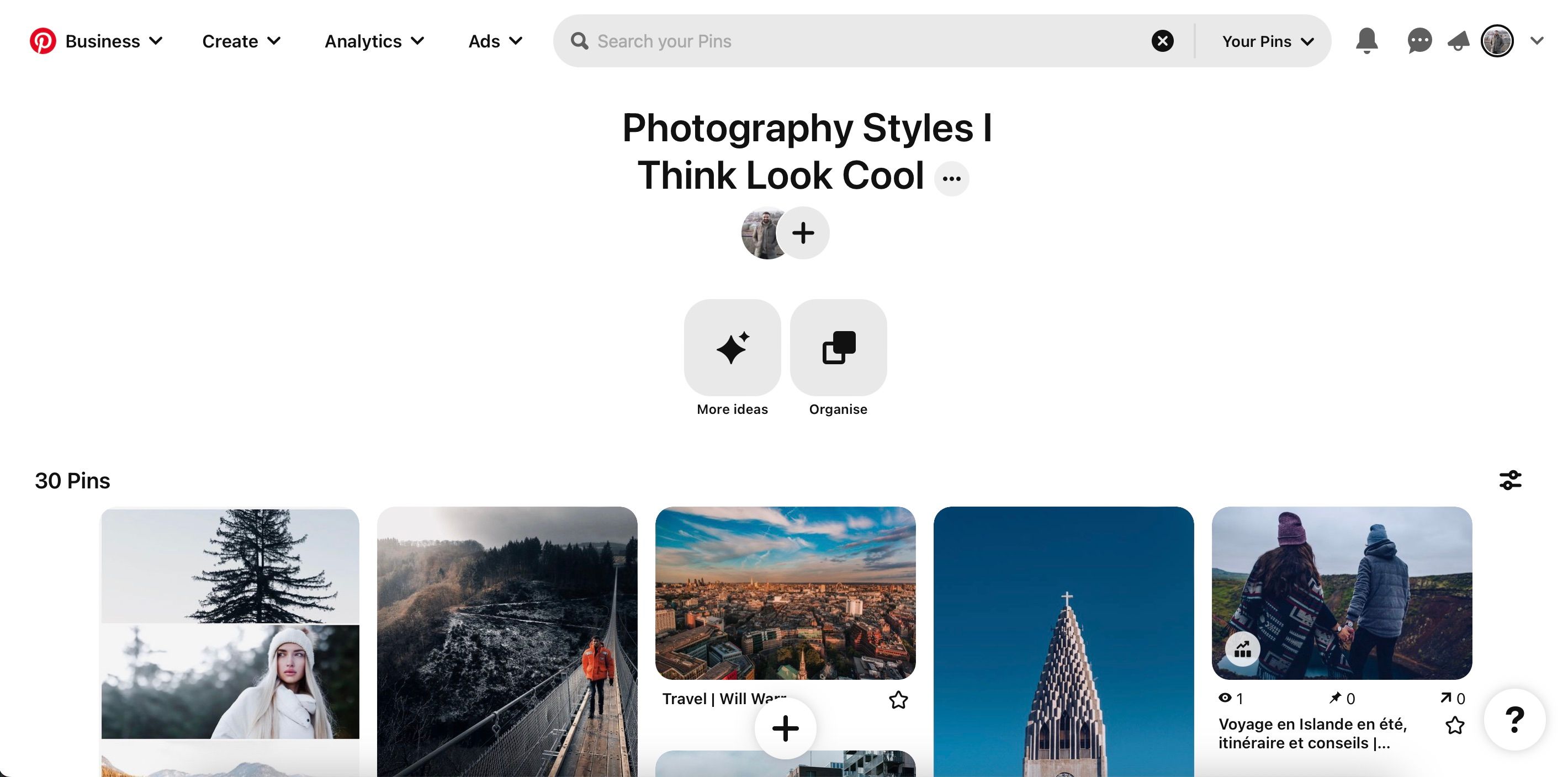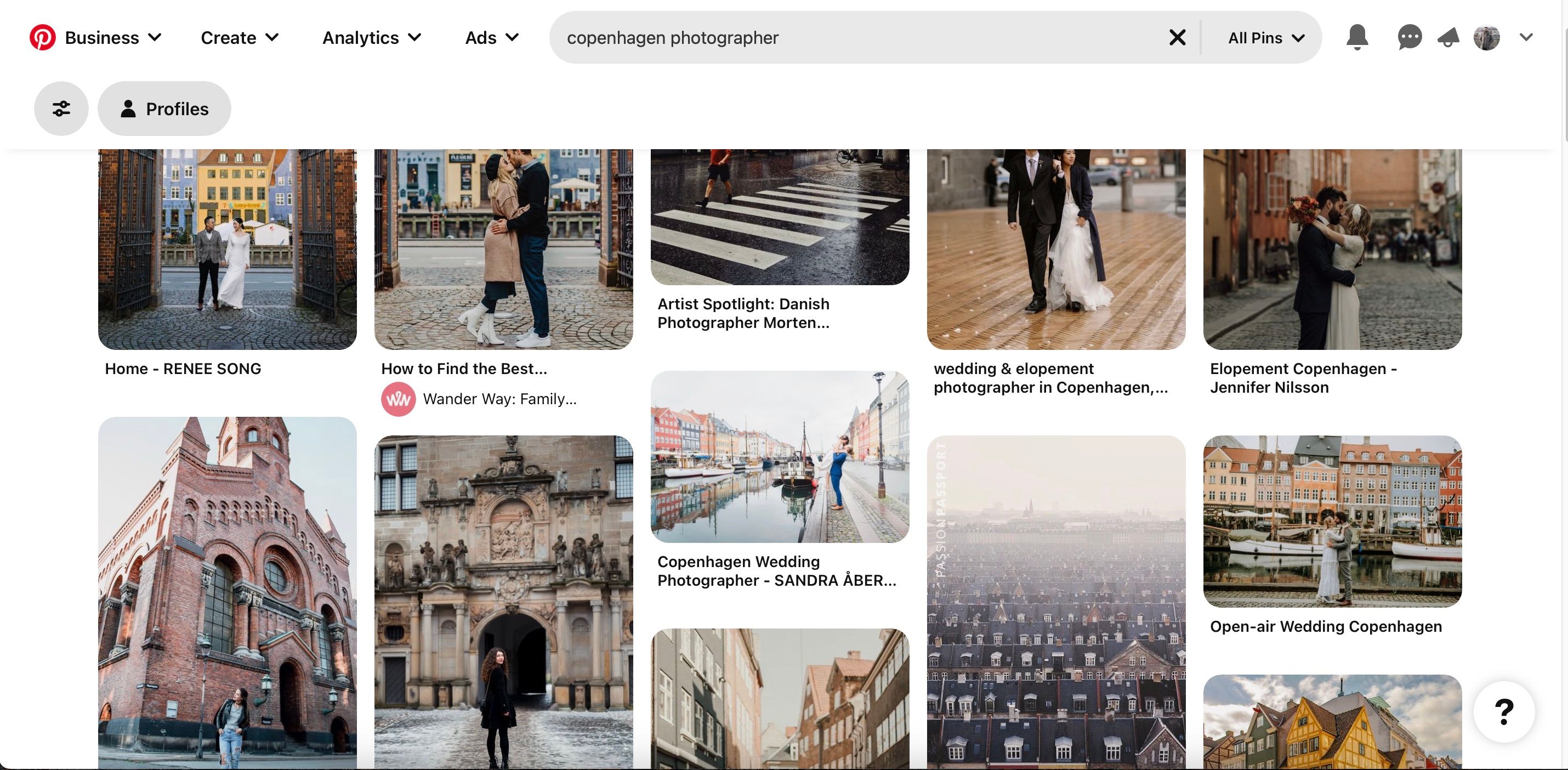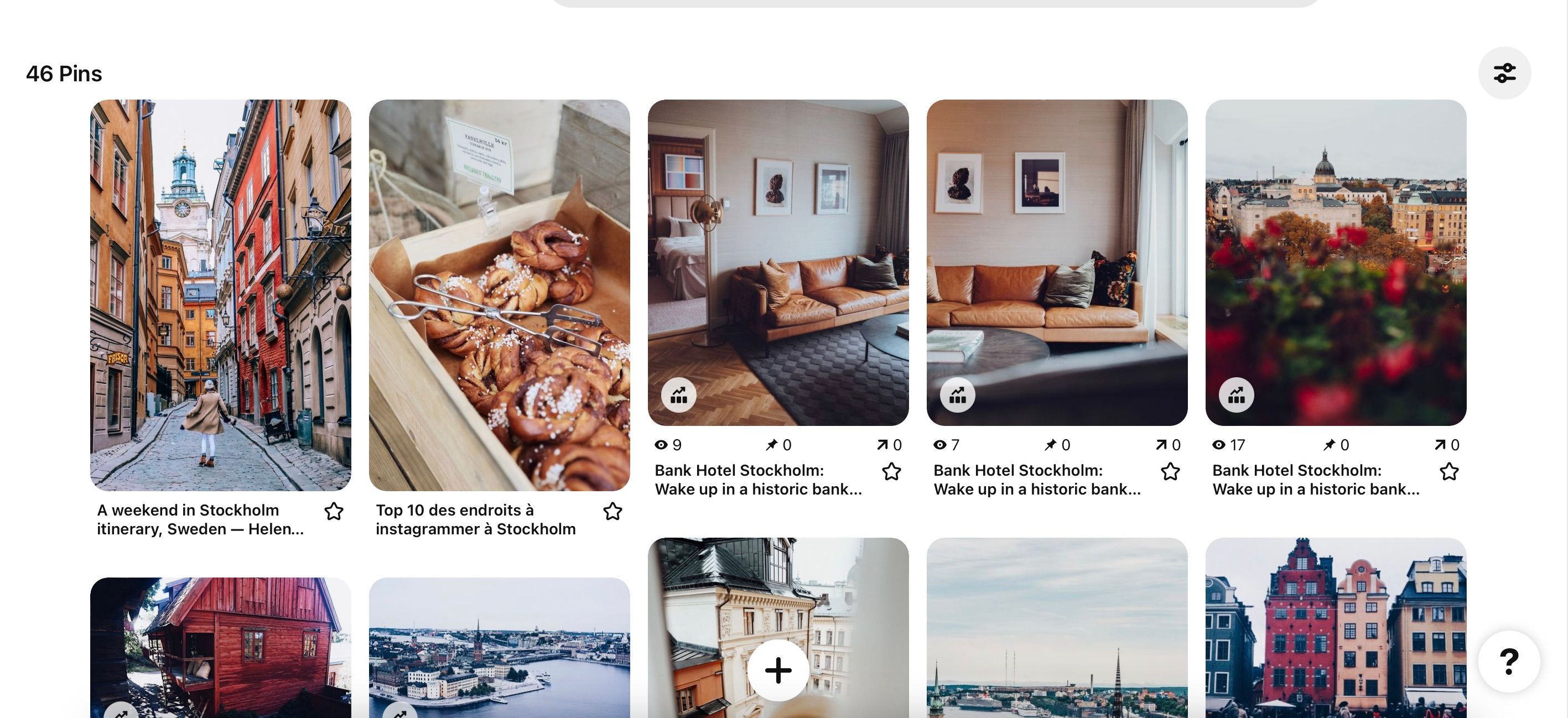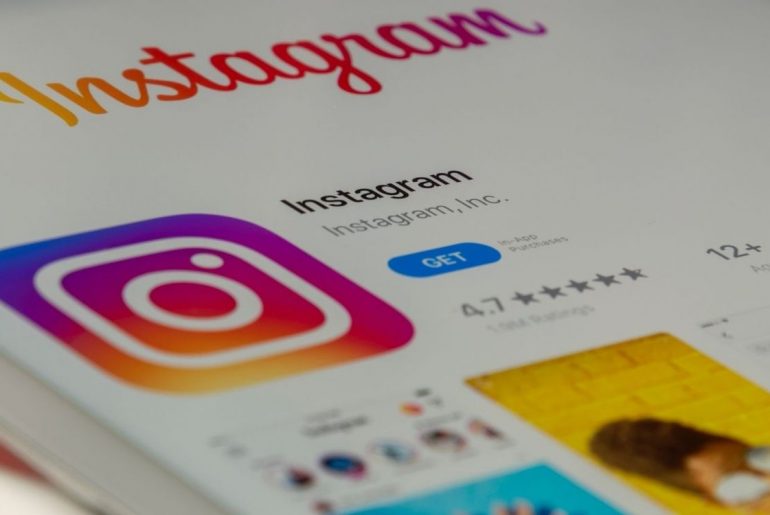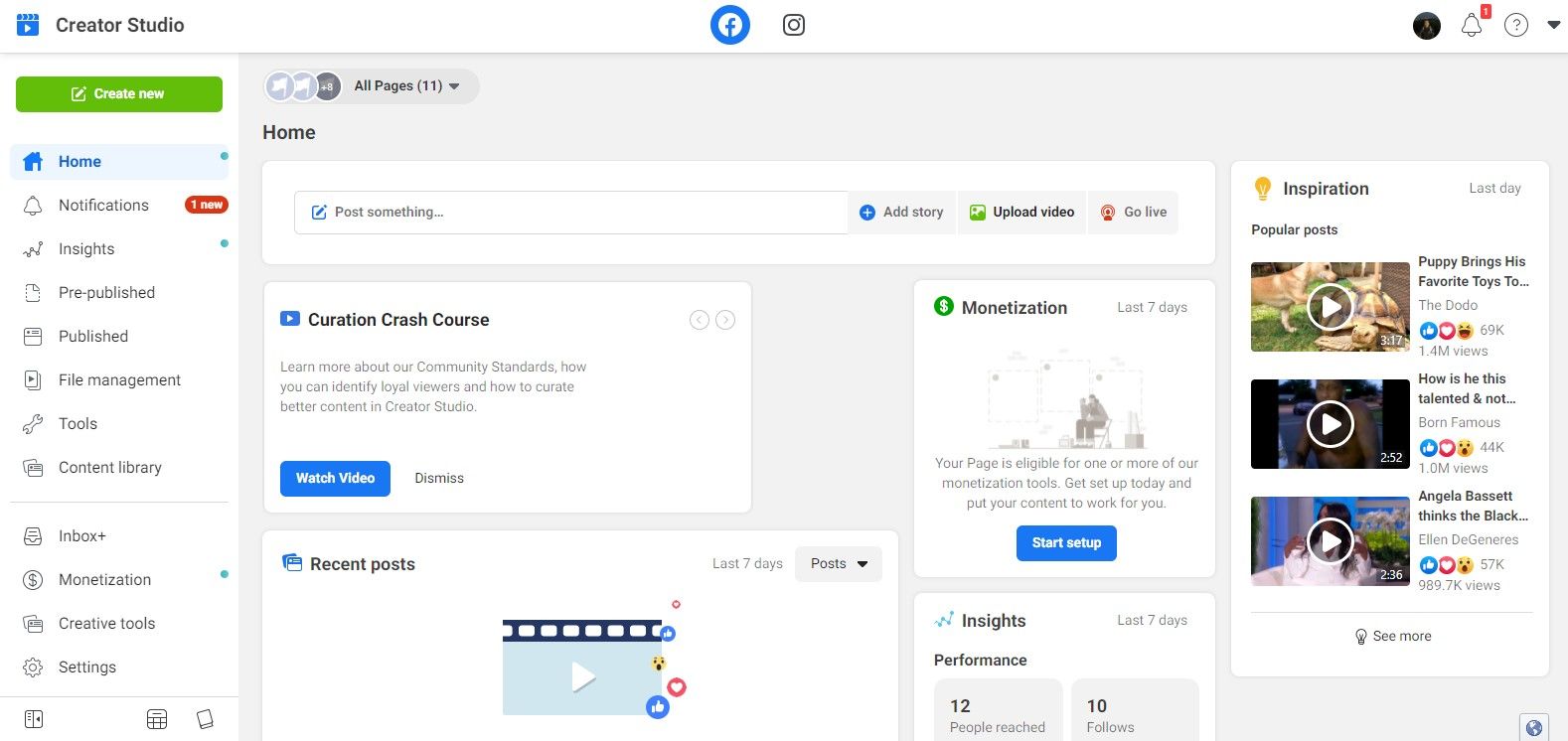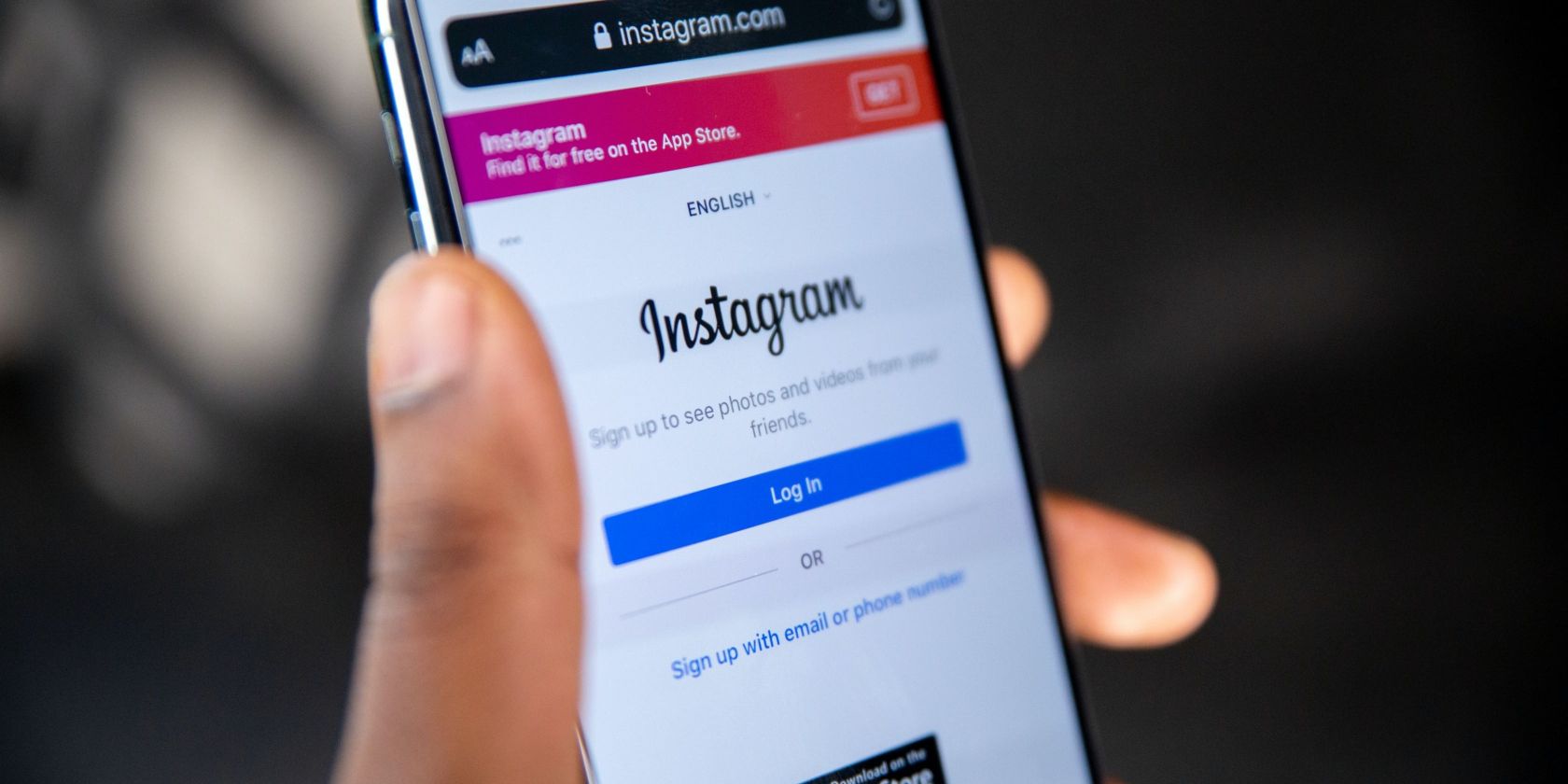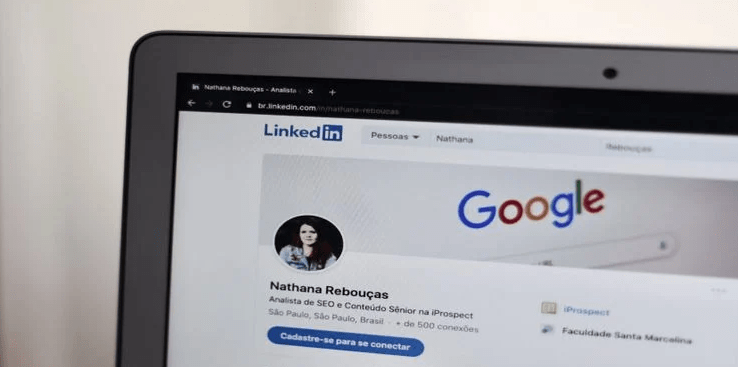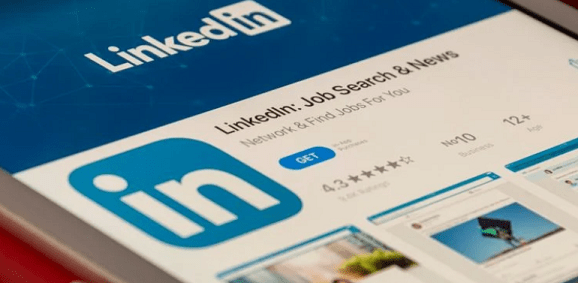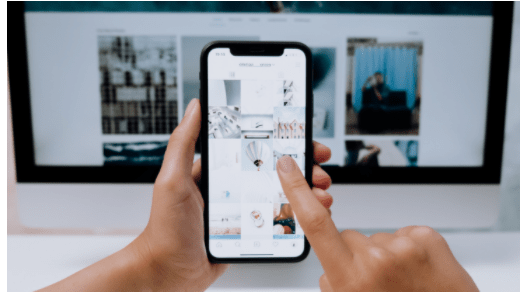Human influencers can still thrive amid their AI virtual counterparts. Employ these strategies to stay relevant on social media.
The proliferation of virtual influencers is changing the way brands approach digital marketing. They could make AI-generated personas go viral while simultaneously cutting their ad spend—buying AI tools costs less than hiring social influencers.
You might consider dropping your rates to win back clients, but it’s merely a band-aid solution. Develop more long-term plans instead. Here are simple yet effective strategies to attract brand deals and sponsorships as a human influencer despite the expanding virtual influencer market.
1. Zero In on Your Target Market
Your relevance as an internet personality depends on your impact on market trends and consumer behaviour. Hence, the term “influencer.” Brands will still prioritize your services over AI-generated campaigns and virtual influencers if you have healthy conversion rates.
Go beyond follower counts; study industry data and objectively list the demographics of virtual influencer subscribers. Some markets prefer AI content nowadays, so you might need to overhaul your content strategies if you’re slowly losing subscribers, fans, or engagement.
If market statistics are too generalized, narrow down your research to specific buyer personas. Ensure you understand your target market.
2. Build an Audience Across Various Platforms
Human influencers have an edge over AI-generated personas in executing cross-platform marketing tactics. Virtual influencers perform limited functions made for specific sites. For instance, VTubers gain thousands of views on YouTube and Twitch, but only a few rank on image-based apps like Snapchat and Instagram.
Alternatively, human influencers are versatile enough to maximize various social networks. You could share random activities on Snapchat, post aesthetic shots on Instagram, and upload vlogs on YouTube.
3. Establish Yourself as an Industry Authority
Trendjacking won’t help you beat virtual influencers. Yes, capitalizing on popular topics boosts visibility, but establishing yourself as an industry authority leads to stable long-term growth. Earn the trust and respect of your audience, otherwise, people will quickly forget about you if your content revolves around recent controversies and viral topics.
Let’s say you review Apple products on YouTube. Parroting Apple’s press releases provides zero value to readers—they’ll find the same information on hundreds of other sites. Some AI platforms even scrape and summarize news reports in real-time. The best approach is to provide unique, first-hand insights. Rather than listing new features, walk your readers through them with actual screenshots and demonstrations.
4. Collaborate With Other Industry Experts
AI-generated avatars generally publish solo content. Collaboration is almost impossible because they can’t interact as humans do, and this lack of engagement makes them look inauthentic and robotic, which viewers can dislike.
Human influencers can maximize this advantage by regularly collaborating with relevant personalities. Establish yourself as an industry authority among peers and fans alike. Your audience would also appreciate seeing you with their favourite personalities—think of it as fan service.
5. Leverage Your Personal Experiences
As an influencer, you can leverage your daily experiences by documenting and sharing them with an interested audience. Virtual personas will never replicate your real-life stories and relatable struggles despite advancements in AI. They’re merely pre-programmed avatars with made-up backstories.
Your viewers would love to see your real side. Talk about your most notable triumphs, share how you overcame your worst challenges, and ensure you thank your loyal supporters.
6. Try to Empathize With Your Audience
AI-driven virtual influencers use natural language processing (NLP) technologies and language models to engage in conversation. While impressive, they only execute patterns. As a result, talking to AI feels inauthentic because it can’t empathize with users or show feelings.
Human influencers can set themselves apart by connecting with viewers on an emotional level. Demonstrate a deeper understanding of your audience by resonating with their struggles and sharing how you overcame them.
Set disclaimers saying that your advice and personal experiences don’t replace professional consultations.
7. Analyse Why Brands Prefer Virtual Influencers
A growing number of companies are offloading their marketing needs to AI. Forbes reports that 61% of businesses use AI for email optimization, while 55% generate user-targeted ads. Going by these trends, some might start replacing their influencers too.
While AI has significantly advanced over the years, it still has shortcomings—understanding them will help you retain projects. Offer what virtual influencers can’t guarantee, like lasting partnerships and collaboration skills.
8. Frequently Engage With Your Audience
We know how nasty some people act online. They use anonymous profiles to leave hurtful comments on various platforms. Even if you understand that these insults are baseless, they could still make you feel bad. You might even stop reading comments sections to avoid haters.
Although your feelings are valid, ignoring your audience will impede your growth and reach as an influencer; people prefer personalities that interact with them. You must answer questions, consider the type of content they want, and work on constructive criticisms.
If you can’t ignore your haters, block them or delete their comments. Just make sure you engage with your audience.
9. Participate in Social Movements
Joining social movements humanizes social media influencers. Viewers generally see you doing the same things online—participating in new activities emphasizes your individuality. Show that you’re more than your on-screen persona.
However, this isn’t to say you should just take photos of feeding programs and clean up drives. Putting up a façade for attention will only hurt your image. Support social movements that align with your principles and prioritize making a real-world impact over announcing your contributions.
You can also use these social events to expand your network and connect with like-minded individuals.
10. Explore Generative AI Tools Yourself
Embrace AI instead of fearing it. AI-driven platforms are here to stay regardless of your opinion—you’d do well to incorporate them into your career. Start with simple, accessible tools. For instance, you could ask ChatGPT to write a short script, generate images on Midjourney, then stitch them together using text-to-video generators.
You can’t claim ownership of your output because copyright laws don’t apply to AI art.
And even if you don’t plan on using AI tools, exploring them helps you understand how virtual influencers work. Remember: you can’t surpass something you barely comprehend. Study the functions and scope of AI before overhauling your content strategies.
Create New Strategies to Beat AI Virtual Influencers
AI platforms and virtual influencers will continue impacting the content industry as they become more accessible. And brands won’t just stop exploring AI suddenly; you must level up your overall marketing strategy as an influencer or risk losing clients to AI.
Also, closely study the most popular virtual influencers to understand how you can beat them. Try looking for issues in their marketing campaigns. You’ll keep attracting new clients if you focus on providing results that virtual influencers and AI tools don’t.
By Jose Luansing Jr.
Jose Luansing Jr. is a staff writer at MUO. He has written thousands of articles on tech, freelance tools, career advancement, business, AI, and finance since 2017


